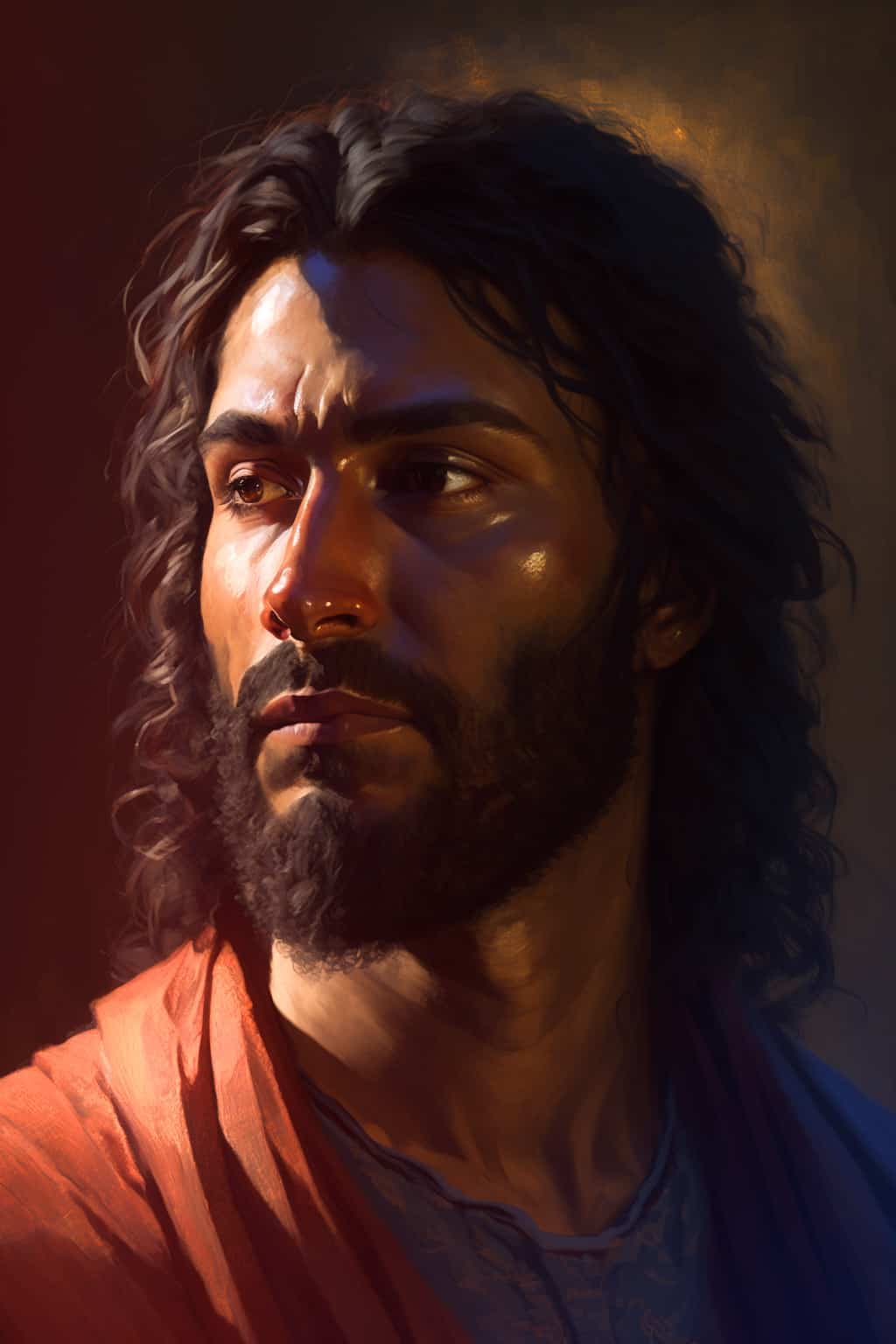Discover Jesus \ Person \Cymboyton
Tag
Cymboyton
Cymboyton, a wealthy Persian merchant, established a religious temple school on an island in Lake Urmia. He and his sons organized diverse religious discussions in this location. Jesus taught at the temple twice in 24 CE.

Table of Contents
Summary
Cymboyton was a wealthy merchant and citizen of the old Persian city of Urmia. With his wealth, he built and managed a temple school on an island near Lake Urmia. With the help of his three sons, he organized lectures, discussions, and debates of a religious nature. Jesus visited and taught at the Urmia temple twice in 24 CE, once on his journey from Palestine to the Caspian Sea and once on the way back.
Cymboyton insisted that all temple faculty members agree to promote God or some sort of a Supreme deity. The school prospered under his rule but failed a few years after his death.
Jesus Meets Cymboyton
One of Jesus's little-known journeys was a caravan trip from Nazareth in Galilee to the Caspian Sea. He joined as the camel caravan’s leader. They left Nazareth in April of 24 CE. On the way to the Caspian, Jesus stopped the caravan for several days’ rest and recuperation at the old Persian city of Urmia on the western shores of Lake Urmia in current-day northwestern Iran. On the largest of the lake’s islands, there was a lecture amphitheater dedicated to the "spirit of religion." This structure was the centerpiece of a school of the philosophy of religions, and Cymboyton, a wealthy merchant citizen of Urmia, had built it.
Cymboyton and his three sons managed this school of religion, and after meeting and speaking with Jesus, he was invited to present lectures. Cymboyton was so impressed with Jesus’ teachings that he asked the Master to stop in Urmia again on his return trip. Jesus agreed, and when he arrived, he resigned as caravan leader and stayed at the school for two weeks, during which he gave twenty-four lectures.
Cymboyton’s Rules
The lectures and discussions in this school began at ten o’clock every morning. The afternoon sessions started at three o’clock, and the evening debates opened at eight o’clock. Cymboyton or one of his three sons always presided at these sessions of teaching, discussion, and debate.Cymboyton was the leader and set firm rules for the school. There was but one doctrine that had to be accepted in order to gain a seat on the faculty – every teacher must represent a religion that recognized God – some sort of supreme Deity. Only those who believed in one God over all were asked to be teachers. Full and unchallengeable authority rested with Cymboyton. Teachers well knew what would happen to anyone who assumed superiority over his fellow teachers. The Urmia students, visitors, and teachers lived together in comparative peace and tranquility because they had fully surrendered all their notions of religious superiority.
More than thirty religions and religious cults were represented on the faculty. These teachers were chosen, supported, and fully accredited by their respective religious groups. When Jesus visited, there were about seventy-five teachers on the faculty, and they lived in cottages, each accommodating about a dozen persons. Every new moon, these groups were changed by the casting of lots. Intolerance, a contentious spirit, or any other attempt to interfere with the smooth running of the community would bring about the prompt and summary dismissal of the offending teacher. Cymboyton’s rules demanded that offenders be quickly and unceremoniously dismissed, and an alternate in waiting would be immediately installed in the offender’s place.
Thanks to Cymboyton’s wise regulations and strict oversight, these teachers of various religions made a great effort to show how similar their religions were regarding the fundamental things of this life and the next. There were five independent teachers on the faculty who did not represent any organized religion, and Jesus came to them as one of these independent teachers.
The School after Cymboyton
Cymboyton, the founder of this unique school of religion, lived and died without ever revealing his personal religious beliefs. When he died, his three sons did their best to continue. But after five years without their father’s wise leadership and firm hand, squabbling among contending religionists grew until the sons withdrew their financial support and the school closed. Later it was reopened as a Mithraic temple and eventually burned down.
Suggested Reading from this Essay

Timeline
24 CE
Related People
Jesus
Son of God, Son of Man. Creator Son of the Universe.
Contributors
Rick Warren, Mike Robinson, Gary Tonge
